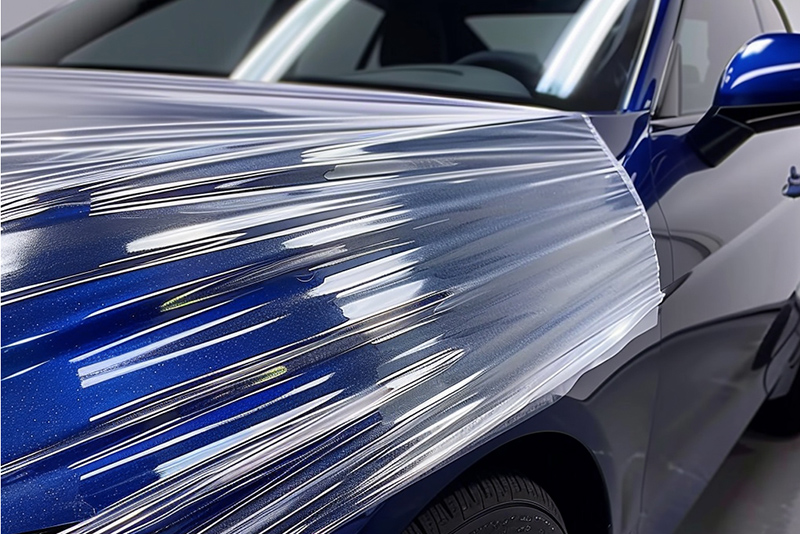Paint protection film (PPF) is a popular choice for car owners looking to shield their vehicle's paint from scratches, chips, and other damage. However, many misconceptions surround this protective layer. Let's debunk some of the most common myths about PPF:

Myth #1: PPF is only for expensive cars.
Fact: PPF is a valuable investment for cars of all values. While high-end vehicles benefit from maintaining their pristine condition, everyday drivers can also benefit from PPF's protection against road debris, minor scratches, and fading caused by UV rays.
Myth #2: PPF makes the paint look bulky or unnatural.
Fact: Modern PPF is incredibly clear and thin. When installed properly by a professional, it becomes virtually undetectable and won't alter the original appearance of your car's paint.
Myth #3: PPF yellows and peels easily.
Fact: Older PVC-based films were prone to yellowing over time. However, modern PPF utilizes thermoplastic polyurethane (TPU), which is resistant to UV rays and discoloration. Properly installed PPF can last for several years without peeling.
Myth #4: PPF is difficult and expensive to install.
Fact: While professional installation is recommended for optimal results and warranty coverage, the process isn't overly complex. The cost of installation varies depending on the size and complexity of your vehicle, but it's an investment that pays off in the long run.
Myth #5: PPF can't be removed once applied.
Fact: Modern PPF is designed for removability. A professional can remove the film without damaging the underlying paintwork, allowing you to sell your car or simply refresh the look.
Myth #6: PPF is only for protecting against scratches.
Fact: While scratch protection is a significant benefit, PPF also offers protection against:
- Chemical stains: Bird droppings, bug splatter, and accidental spills can be easily cleaned without damaging the paint beneath the film.
- UV rays: PPF helps prevent paint fading and sun damage, keeping your car looking fresh for longer.
- Salt and road debris: This is particularly relevant in areas with harsh winters or coastal climates.
Myth #7: Waxing or polishing your car is no longer necessary when using PPF.
Fact: Although PPF provides a layer of protection, it's still recommended to occasionally wash and wax your car to maintain a clean and glossy finish.
Myth #8: All PPF is created equal.
Fact: There are various PPF brands and qualities available. Research and choose a reputable brand known for its durability, clarity, and warranty coverage.
By understanding these common myths, you can make informed decisions about PPF and determine if it's the right choice for protecting your vehicle's paint job.
